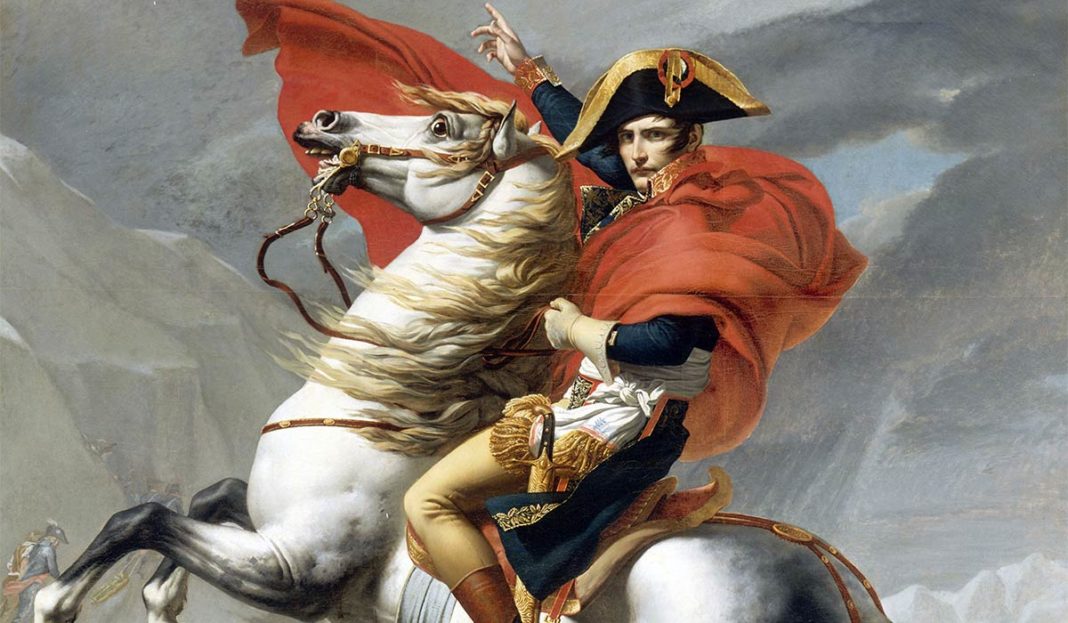In the literature you may find many different divisions of management styles. Some of them are more complex some of them are simpler. As always, the through is somewhere in the middle.
I believe that one of the most accurate division has been prepared by Hay Mcber, although I think that we may consider adding some additional styles based on personal experience. But let’s start with official list that already exist in Leadership world:

Directive style – first style that originate from distant past. We may consider that from the start of our civilization all Leaders were acting based on directive style. You can imagine working in Factory or some Farm in XV century, it’s hard to think that your boss will be leading such important undertaking using democratic-type style or by coaching employees. It just wouldn’t work. I’ve mentioned that this style is from distant past because we can assume that other styles started to develop after 50s and in state-owned companies this may exists to this day.
Using this style Leaders have direct control over employees telling them what to do. Such Leaders will not motivate employees and not discuss any decisions with them. Like in army there will be direct order which must be followed without discussion.
When it comes to these days such style may be useful during crisis in company when issues must be fixed very fast. To accomplish the task Leader will have to work with skilled employees which will know how to perform dynamic without additional questions.
Can you imagine that Leader using Directive style can effectively manage Team of people born after 90s?

Authoritative style – second style, and in my opinion the best for stable Teams with experienced specialists. In this case Leader is providing one of the most important things in management world – VISION. Based on this whole team is aware why certain actions are performed and what effect we want to achieve. Person using this style should have strong position within company’s structure and experience based on which credibility can be built. Mutual cooperation is based on trust and Leader’s awareness that team can work independently. From manager using this style you won’t hear very often how to do certain things “You know best – you have this knowledge!”.
I’m sure you have already figured out that this won’t work in new teams or in recently established companies. Employees with small experience will thing that you just don’t care about them while those more experienced will be grateful for your trust.

Affiliative style – third style build on beautiful dream that Leader can focus only on people while other things are less important. It would be great but still we need to deliver certain result as a Managers and based on the result we are evaluated. Leader that will use this style will try to avoid any conflicts in the team and try to make sure that everyone is happy. All issues or difficult cases will be managed by Leader and based on this person in charge will not be able to fully focus on job management and quality. How this will end? I fell that with an overtime, but to be on the same page – this overtime will not be made by Team.
It would be wise to use this management style together with other, based on the situation that we have in the team. For sure such style will be helpful during crisis or when people are leaving company, but you need to use it carefully. Someone once told that “People are your greatest asset” but at the same time we need to remember that our goal is to report good result at the end of the month.

Participative style – while in previous style Leader was focused on good relationship with the team here we go a little bit further. We’re giving Team ability to decide. Here we’ll be able to built good atmosphere and positive environment for cooperation between employees we need to ask one important question – what if the things will go wrong? Who will be responsible for that and how we’ll get out of the crisis?
It will be extremely hard to do this using this style therefore we need to think in which environment such style will work. Three words: IDEAS, STABILITY & EXPERIENCE. Based on this we may consider that companies in IT or Advertising market would be a good place for using such style. Same as in previous style for corporations on Financial market, I’d recommend using this together with other styles and for carefully selected tasks.

Pacesetting style – for the team of Experts and highly motivated employees this style may be interesting. Manager is leading by example showing very often how things should be done and then expecting that certain tasks will be delivered on the same (high) level as it was done by Manager. To finish with a good effect in a long-distance Leader need to feel how Team reacts on such style. It is possible that at some point based on too high standards and pressure our colleagues will start to look for a new challenge somewhere else, where their invention will be more appreciated. This problem may appear in case of young Leaders that were promoted from the position of Specialist.

Coaching style – last style from the list of Hay Mcber but probably most dangerous one these days. Why?
Because coaching is so popular these days that sometimes you may find more coaches than employees in the company. Unfortunately, most of them don’t have a clue what coaching is and that it doesn’t take one book read to become a coach. The reason why I’m saying that it’s dangerous is that people believe “coaches” and very often try to do (in good faith) what they recommend. My advice would be to confirm experience of mentioned coach, education and ask for the overall coaching background.
In case you have met real coach, this person will be focused on building positive environment as a background for preparing strong relationships with team members. Leader will give them feeling that they can grow based on coaching methods and that those advices change not only their professional career but sometimes even approach to personal life. Those experienced coaches will be focused on employee’s development and usually they will use mentoring methods to build their credibility.

As for the additional styles that I’ve mentioned at the beginning. During last couple years I was able to observe such enigmatic examples:
- Silent Observer
- Fighting Parent
- Missing Workaholic
Maybe you’ll be able to figure out what are the general features of those three styles. I’ll tell a bit more about this in one of next posts.